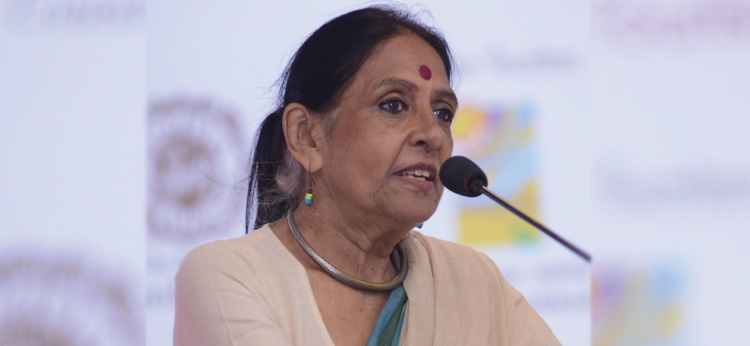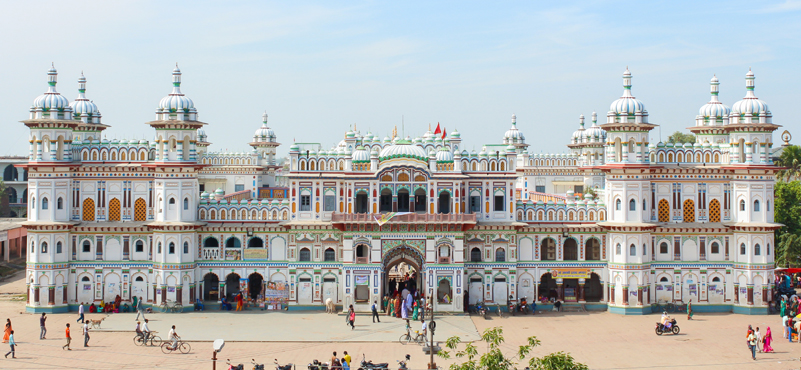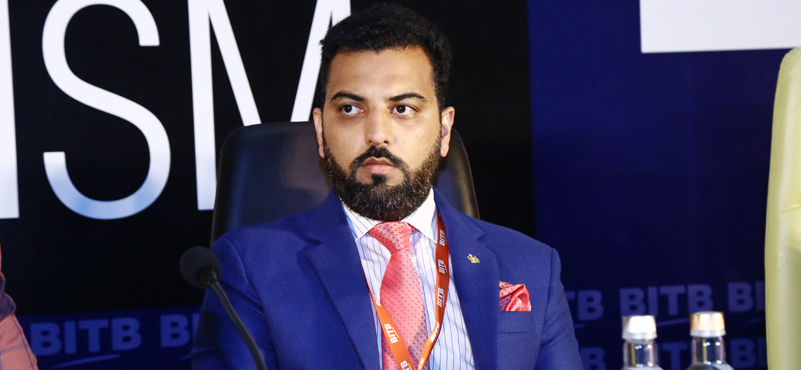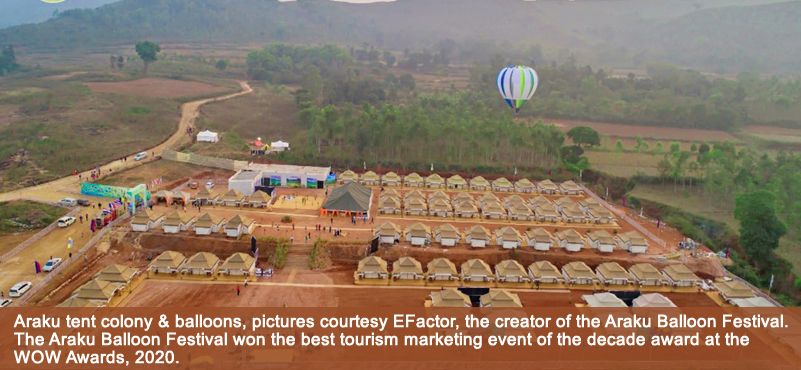Jaya Jaitly, Founder and Chairperson, Dastkari Haat Samiti was the keynote speaker at the ‘Uniquely India’ conclave at the BITB 2016. Addressing the gathering, she made a strong pitch for looking at arts and crafts as an intrinsic element to the larger tourism experience that states and destinations were seeking to inculcate. Edited excerpts of her address:
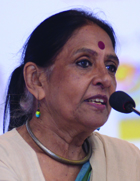 I am privileged and honoured to be speaking at a tourism event, and thanks to INTACH, I am here. Simply because crafts for me, after working for 45 years with craftspeople all over the country, I have long realised that crafts like anything else cannot be in isolation. Somehow, as a matter of happy circumstance, ever since 1986, I have been closely connecting crafts with tourism. First when Surajkund Crafts Mela began, I was put on the board, and I am still on the board – where we try to make sure that the best craft from all over the country come. From that time, I kept thinking that is it that craft has to ride on tourism to survive? Or tourism needs crafts to survive?
I am privileged and honoured to be speaking at a tourism event, and thanks to INTACH, I am here. Simply because crafts for me, after working for 45 years with craftspeople all over the country, I have long realised that crafts like anything else cannot be in isolation. Somehow, as a matter of happy circumstance, ever since 1986, I have been closely connecting crafts with tourism. First when Surajkund Crafts Mela began, I was put on the board, and I am still on the board – where we try to make sure that the best craft from all over the country come. From that time, I kept thinking that is it that craft has to ride on tourism to survive? Or tourism needs crafts to survive?
This has been an important question and I am more and more confident enough to say that tourism needs crafts. And I hope you all will end up feeling the same way. Dilli Haat is one of the places, where it so happened that I collaborated with the Delhi Tourism to make a permanent marketplace for what I call impermanent people. Craftspeople from all over India come over, supposedly on a rotational basis, about two weeks at a time. This came about from all my travel in India, because we see village marketplaces. Most agricultural societies, anywhere in the world, have village markets. Even now, in very sophisticated areas in France, farmers’ markets are making a comeback, where you do not only find food products available in the markets, but crafts as well.
Artisans and framers who have had a millennial old connection; ever since you have farming, you needed artisans alongside. What inspired me to say that let us convert a traditional village market into a better urban market infrastructure, and give the craftsperson the space and respect in the city which has the purchasing power. This is how the Dilli Haat come about; it has spawned many more Haats, most of them badly run, because most of them are in government’s hands, with disinterested officials looking after them. I do not want to talk about that much, but you will see the potential of Dilli Haat when genuine people come.
What I would want to make the recurring theme of this afternoon’s discussion is that, both, in tourism and crafts, there is immense scope for livelihood. It is because I want to sustain those livelihoods, because they come out of heritage; they come out of a legacy which is multi-cultural. We have tribals from different parts of India; Northeast different from central India. They have their histories of nomadic journeys’. They have their histories of ethnic ties with different countries.
I do not think anybody here in tourism ever misses out on using the word ‘heritage’ somewhere in their brochures and their thoughts. Living in Kashmir for all these years, I know that tourism means Poniwalas, shikarawalas, including the craftsmen, everybody is dependent on tourism for their livelihoods.
Today, a craftsperson does not only want to be the maker of the product, for which they have to hunt fast diminishing raw materials – forests have been cut down or are inaccessible to them, textiles have gone synthetic – all of these things have made it a challenge for a person with skill to sell their products. What they really want is to be a part of the experience, and I am sure being in tourism all of you have realised that tourism is not having a Hamburger joint somewhere in a five-star hotel, it selling the India experience, and that is a lifestyle. The lifestyle must involve these people to carry out their heritage livelihood; they must not feel like objects on display.
A lovely project, in which we must recognise INATCH’s role in supporting us, in Varanasi, when went to see the handloom weavers, the lanes are so dirty, narrow and inaccessible that you need to take a rickshaw. And those rickshaws are so pathetic and yet we struggle to negotiate a car over a flyover. More necessary than flyovers is to make those rickshaws comfortable.
There are a lot traditional painters in Varanasi and those painters can decorate those rickshaws. With a little effort, those rickshaws, more than the street art on the wall, has become a mobile art. So suddenly, you can perk up whole of Varanasi and take them into the bylanes. The rickshaw wallah also feels a part of the tourism experience. These are the kinds of things I like to do, where you are uplifting more than just a craft. You cannot uplift the industry, unless you have all of these things involved.

